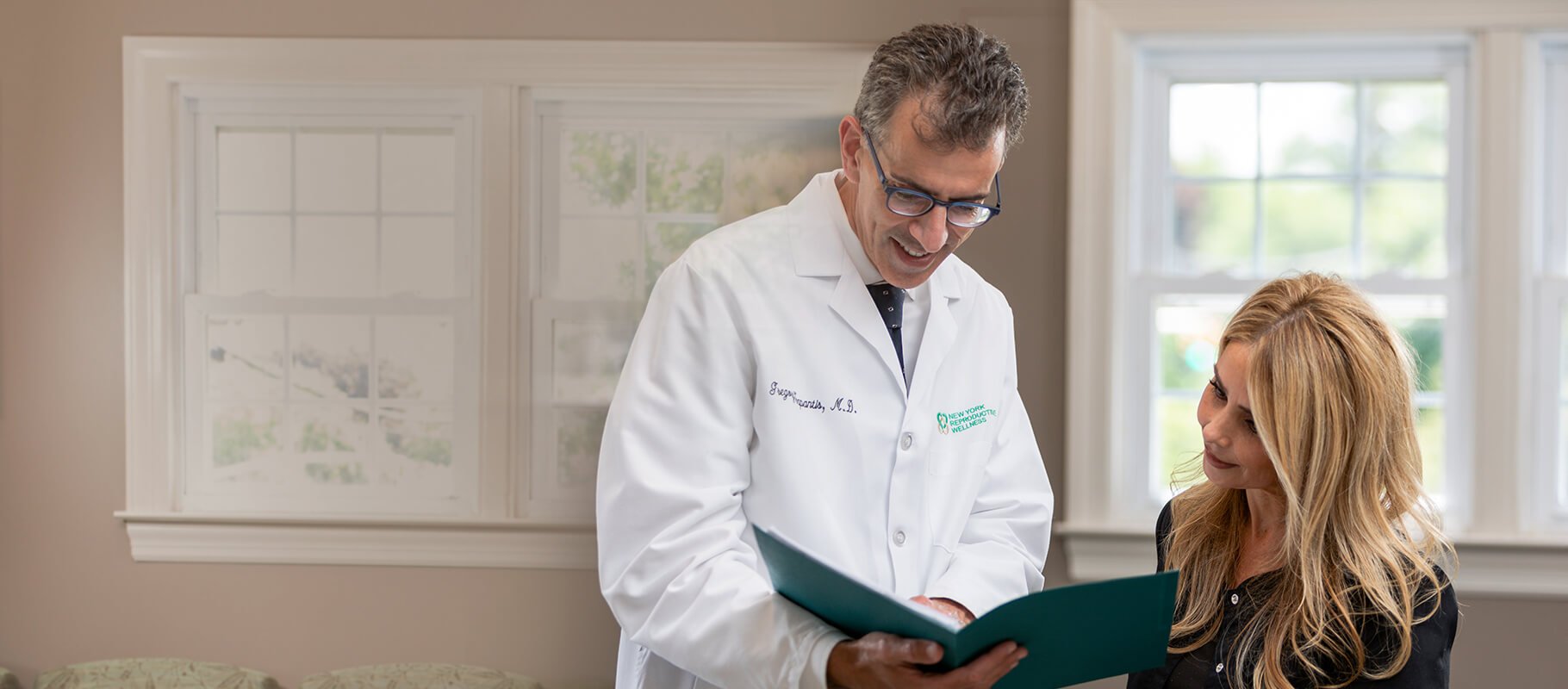What Does It Mean to Have a Low Ovarian Reserve?

A low ovarian reserve diminishes the odds of becoming pregnant, but a couple can still conceive with the help of fertility treatments. As women age, they tend to lose eggs, which can lead to difficulties becoming pregnant. At birth, a woman may have a million eggs in what is called an “ovarian reserve.” But by their late 30s, women often have only 27,000 eggs. Fewer eggs make conceiving more challenging, especially when women reach their 40s.
While a low ovarian reserve lowers the chances of a successful pregnancy, it does not mean a couple can’t conceive a child. Reproductive medicine offers women several options to become pregnant even with a low ovarian reserve.
What Causes a Low Ovarian Reserve? Most often, a low ovarian reserve is just part of the natural aging process. In addition to fewer eggs, the quality of eggs may diminish as a woman gets older. In some cases, the eggs may contain chromosomal irregularities that interfere with conception.
Conditions like ovarian cysts and endometriosis may result in women having fewer eggs as well. Plus, cancer treatments like radiation and chemotherapy can diminish egg number and quality.
How is a Low Ovarian Reserve Diagnosed? Testing for a low ovarian reserve depends on how long a woman has been trying to get pregnant. A woman under the age of 35 who hasn’t been able to conceive in a year should visit a fertility specialist. Between the ages of 35 and 40, the timeline shortens to six months.
A fertility specialist can run a series of diagnostic tests to determine if the cause of infertility is a low ovarian reserve. During this process, a transvaginal ultrasound is used to check the woman’s ovarian antral follicle count. Since each follicle contains an egg, the doctor can estimate the number of eggs in the ovarian reserve.
A fertility specialist will also measure the levels of two ovarian-stimulating hormones by performing blood tests. Produced by the pituitary gland, gonadotropins, or follicle stimulating hormones (FSH), encourage the egg-filled follicles to ovulate. Another hormone, the anti-Müllerian hormone (AMH), provides a window into how many eggs are in the ovarian reserve. The results indicate the likelihood of a woman achieving a successful pregnancy.
Treating a Low Ovarian Reserve Patients diagnosed with a low ovarian reserve have their choice of several different reproductive treatments. With intrauterine insemination (IUI), the sperm of the father is injected into the mother’s uterus. This is a less expensive, less invasive procedure than in vitro fertilization (IVF). IVF, meanwhile, transfers a fertilized embryo into the womb of the mother to increase the chance of pregnancy. Both methods require the mother to take medications to stimulate ovulation.
Women with a low ovarian reserve may decide to harvest an egg and freeze it for future use in an IVF procedure. However, if this method fails to produce a pregnancy, a couple may opt for a donor egg either from a friend or relative, or a donor bank of frozen eggs. The egg is then fertilized and implanted into the mother’s womb during IVF.
Learn More The specialists at New York Reproductive Wellness want to help you achieve your dream of having a family. Our clinic provides a variety of services from diagnostic tests to IVF. Give us a call today to learn more about your options.







